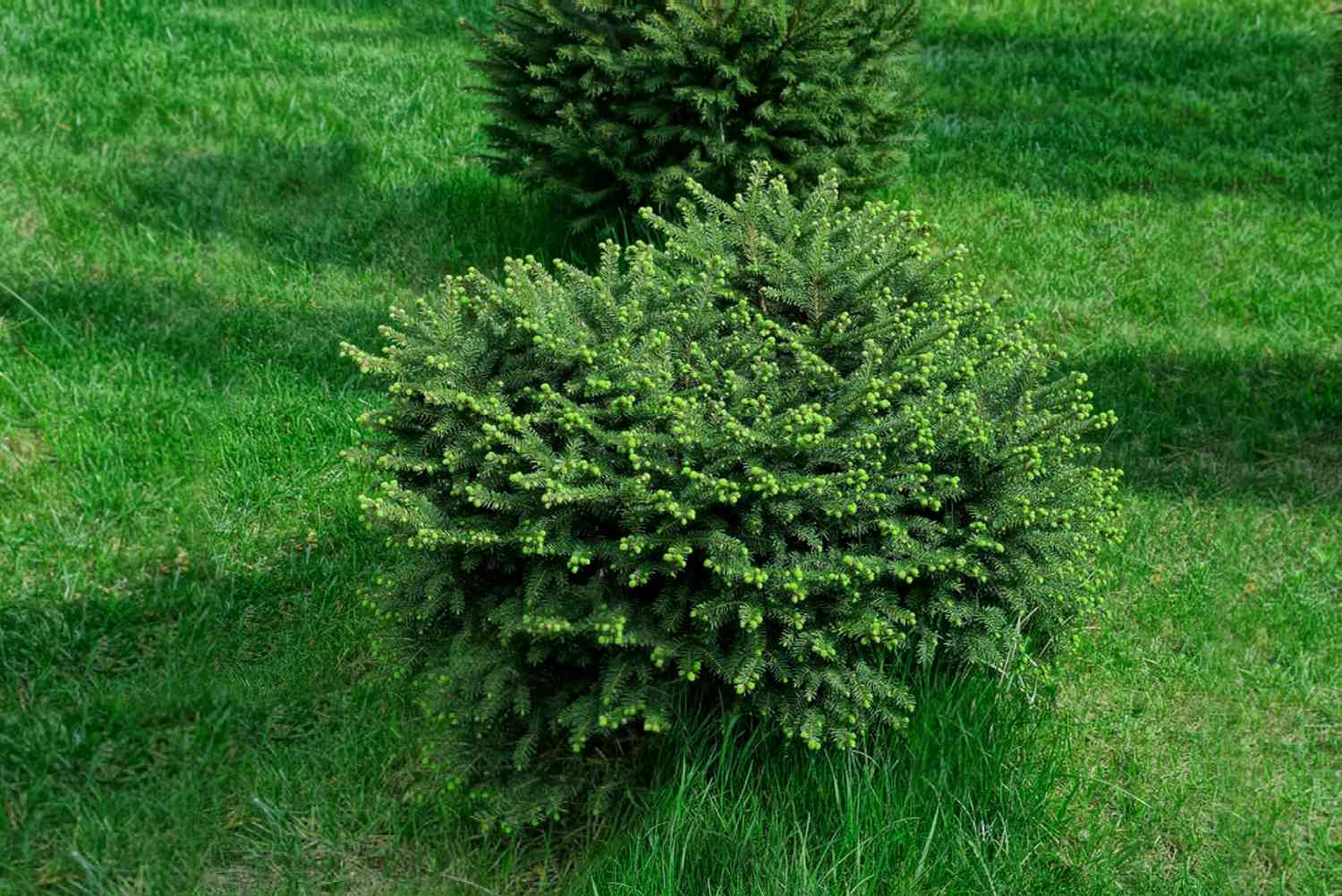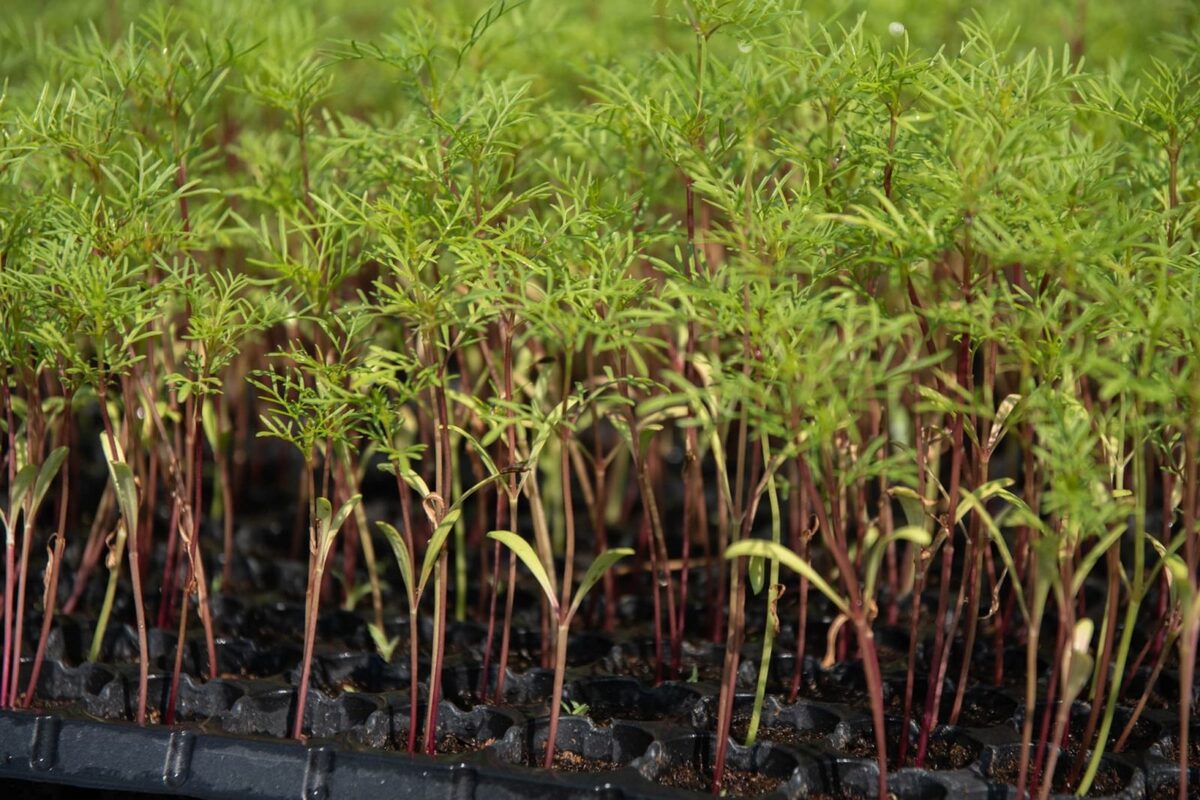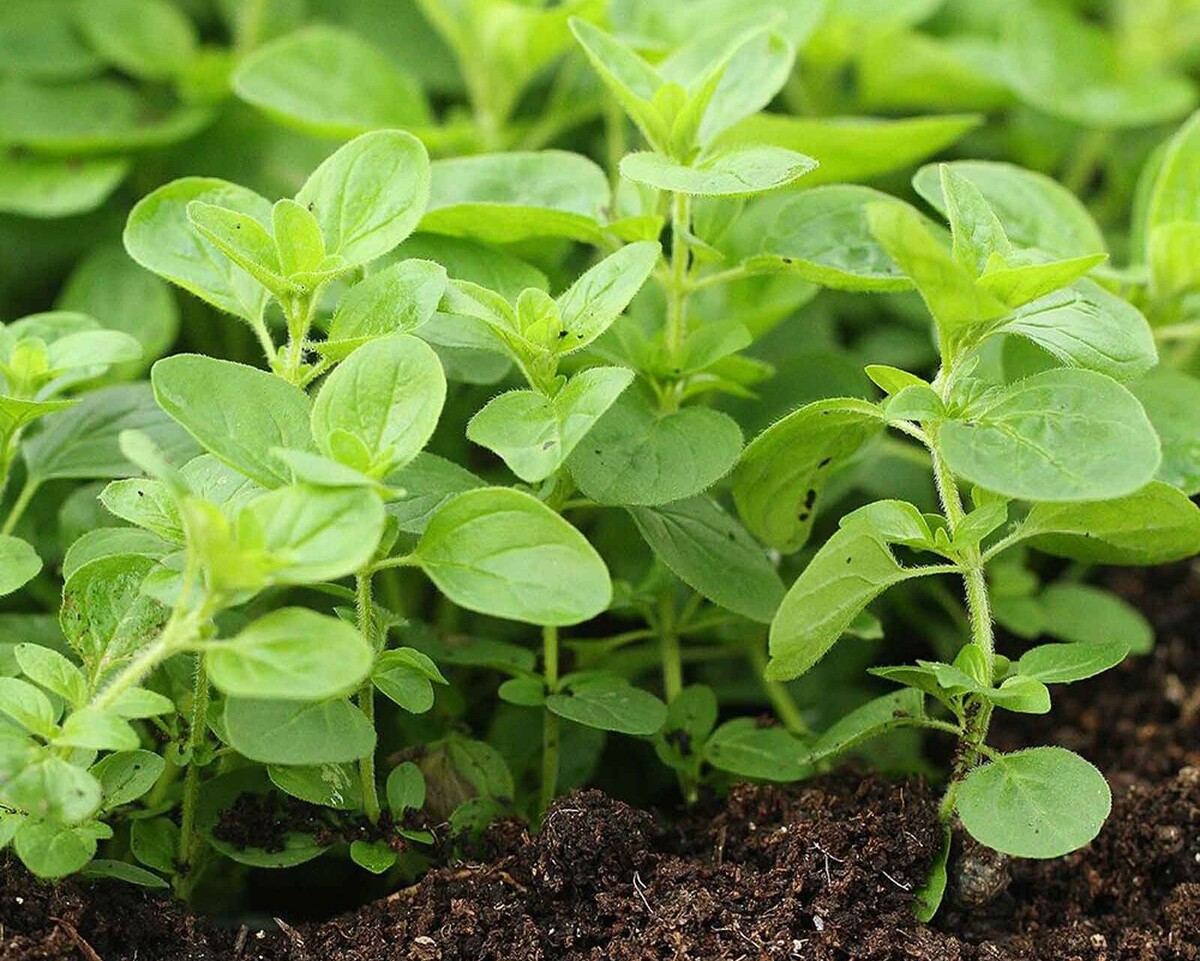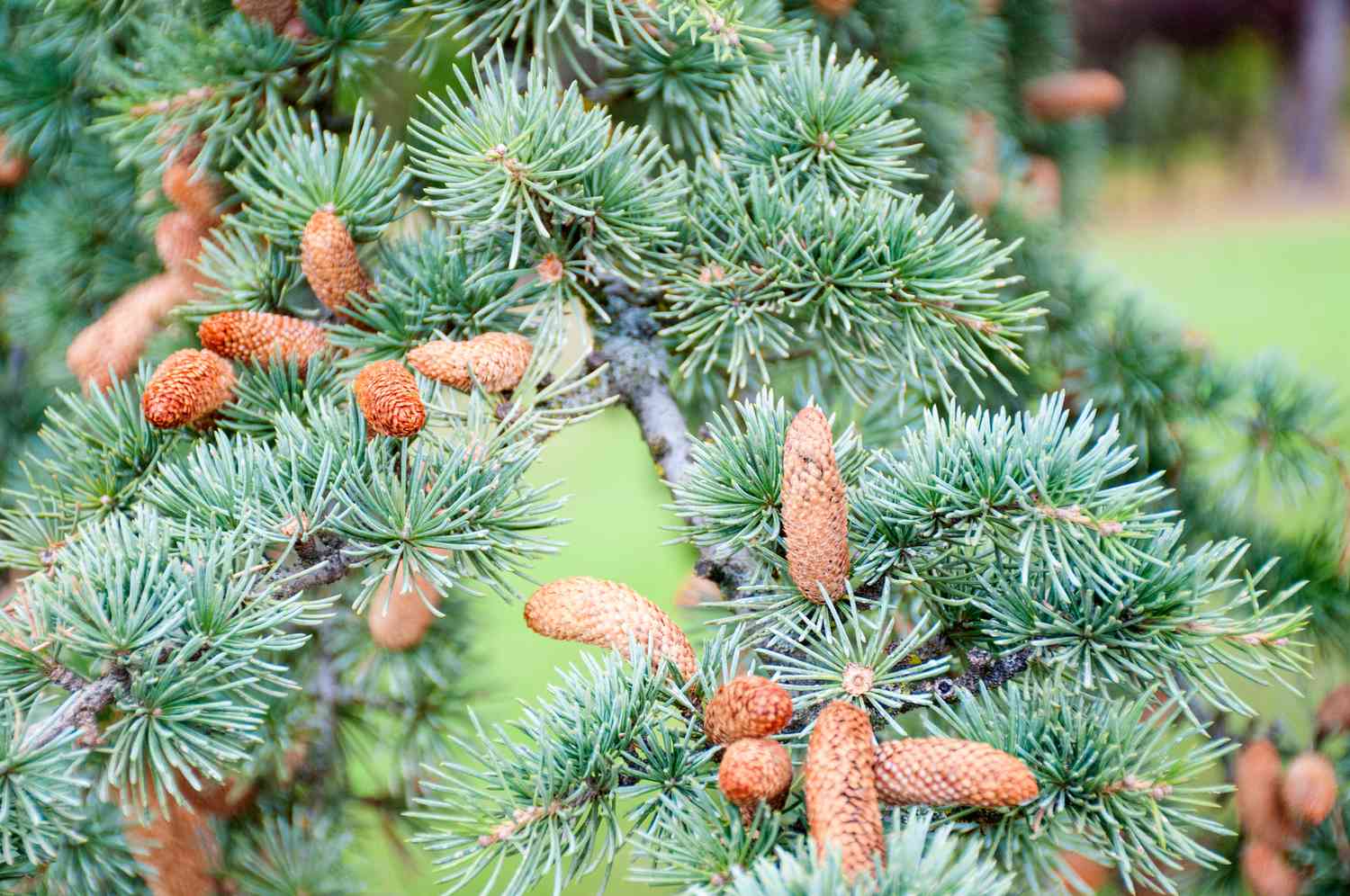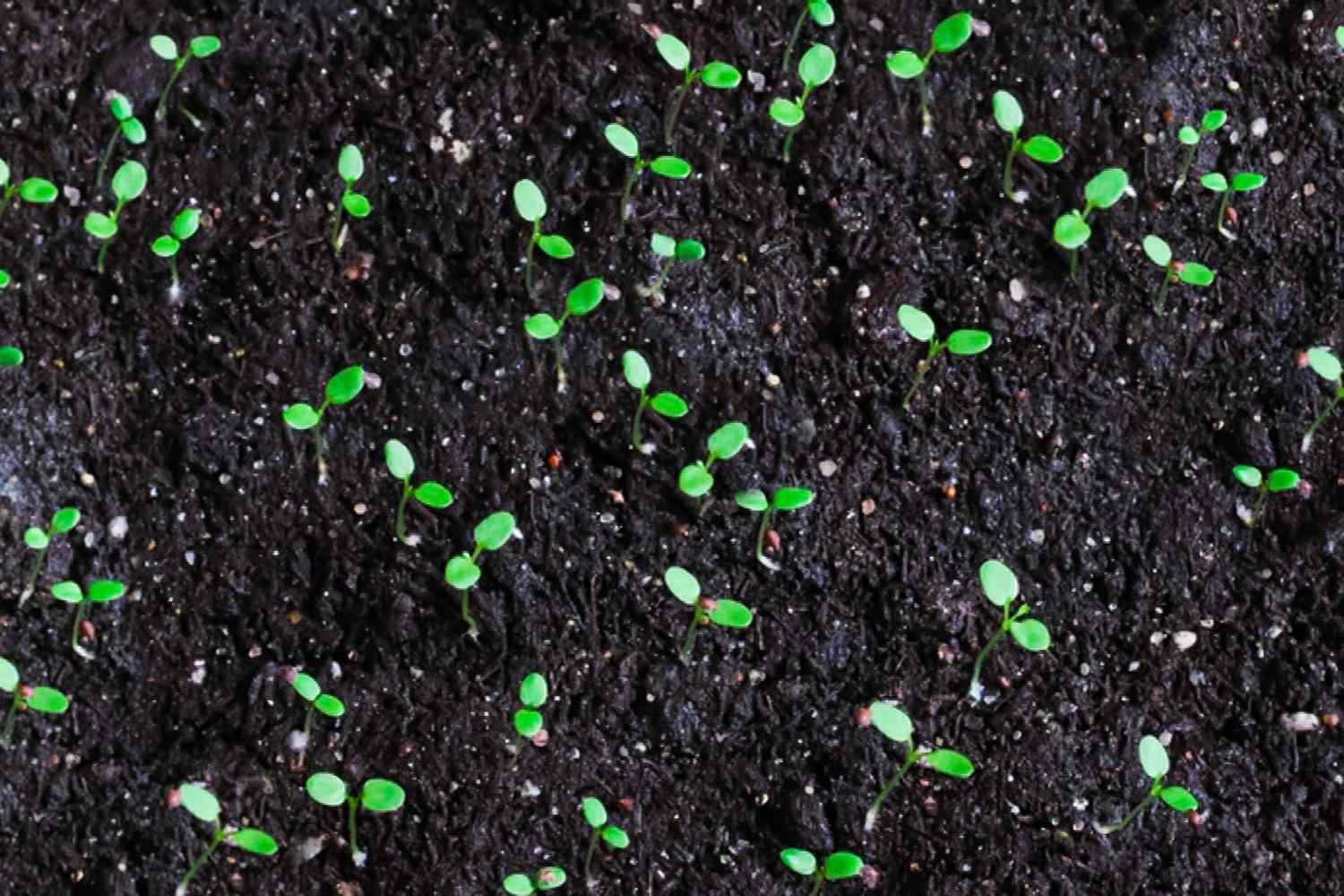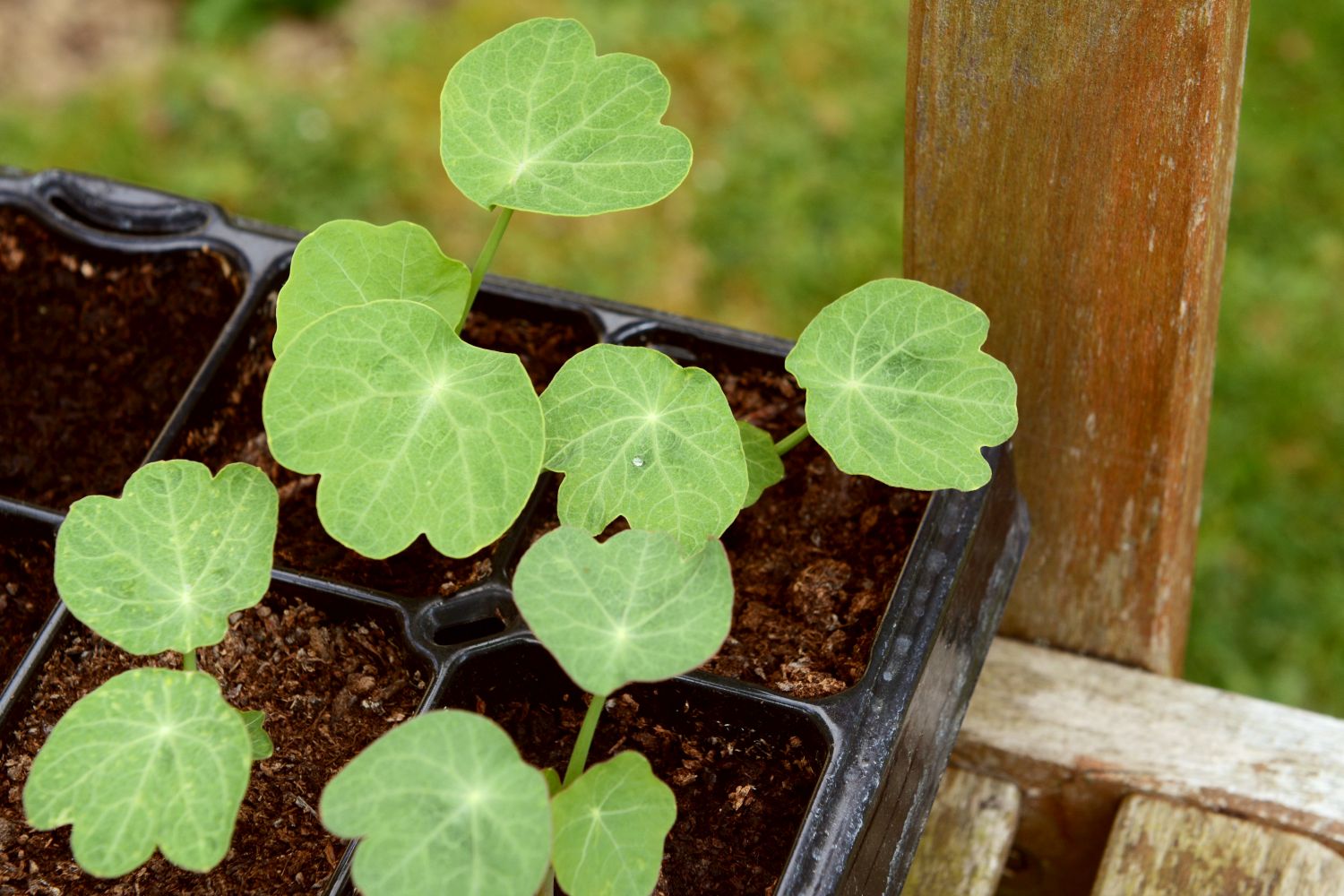Home>Types of Gardening>Edible Gardening>What Do Celery Seeds Look Like
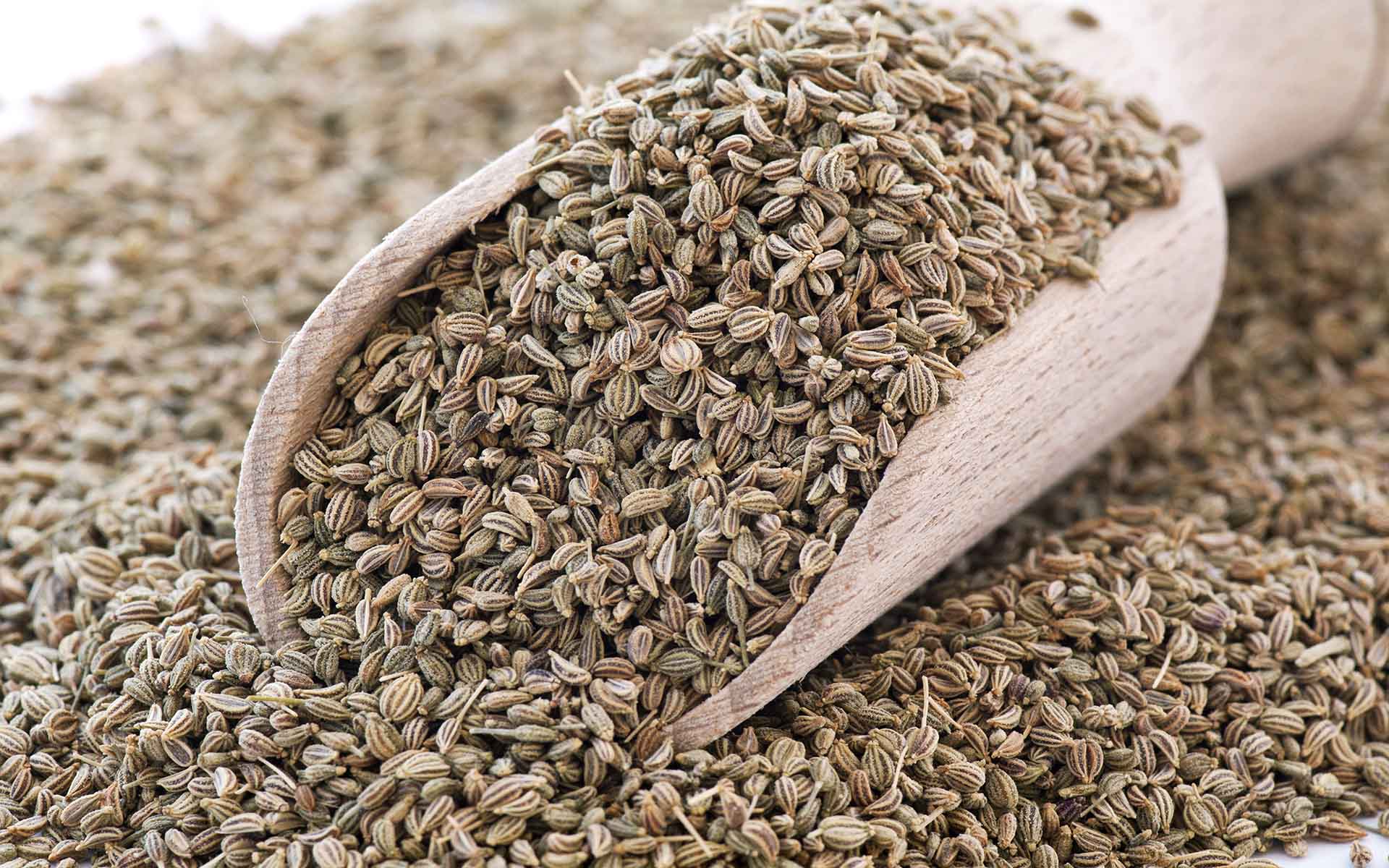

Edible Gardening
What Do Celery Seeds Look Like
Published: September 9, 2023
Learn about the appearance of celery seeds and their role in edible gardening. Discover the characteristics of these versatile seeds and how to use them in your garden projects.
(Many of the links in this article redirect to a specific reviewed product. Your purchase of these products through affiliate links helps to generate commission for Chicagolandgardening.com, at no extra cost. Learn more)
Table of Contents
Introduction
Welcome to the world of edible gardening! If you’re a gardening enthusiast or someone looking to start their own vegetable patch, you’ve come to the right place. Edible gardening is not only a rewarding hobby, but it also allows you to grow your own fresh and organic produce right in your backyard.
Among the multitude of vegetables you can grow, celery is a popular choice for many gardeners. It is versatile, nutritious, and adds a unique flavor to dishes. While most people are familiar with celery as a crunchy, green stalk, not many know about the tiny powerhouse packed inside – celery seeds!
In this article, we will delve into the world of celery seeds and explore their physical characteristics, color, size, shape, texture, taste, odor, and common uses. By the end of this article, you’ll have a thorough understanding of what celery seeds look like and how they can be incorporated into your gardening endeavors and culinary adventures.
So, let’s dive in and discover the fascinating world of celery seeds!
Description of Celery Seeds
Before we explore the physical attributes of celery seeds, let’s understand what they are and how they come into existence. Celery seeds are the mature seeds of the celery plant (Apium graveolens). They are obtained once the celery plant has gone through its full life cycle, including blooming and producing flowers. These flowers eventually produce small fruits that contain the seeds we commonly refer to as celery seeds.
Celery seeds are small, oval-shaped seeds that possess a range of unique characteristics. They are a vital part of the celery plant’s lifecycle, as they are responsible for reproduction and the growth of new plants. Let’s now take a closer look at the physical appearance of celery seeds.
When it comes to color, celery seeds have a striking brown hue. They are often described as a deep, earthy shade of brown, which adds to their rustic appeal. This rich color is indicative of their maturity and readiness for harvest.
In regards to size and shape, celery seeds are relatively tiny. On average, they measure about 1 to 2 millimeters in length. They have an elliptical shape, resembling tiny grains of rice. This petite size makes them easy to handle and store.
When touched, celery seeds have a distinct texture. They are smooth and slightly oily to the touch, which is a unique characteristic observed in many seeds. This oily texture is due to the presence of natural oils within the seeds, which contribute to their flavor and aroma.
Speaking of flavor and aroma, celery seeds possess a sensational combination of both. They have a strong and distinct taste that is often described as bitter with hints of warmth and spice. Their aroma is pungent and aromatic, reminiscent of the familiar scent of celery but intensified.
Now that we have a clear picture of what celery seeds look like, let’s explore their various uses and how they can be incorporated into your everyday life.
Physical Appearance
The physical appearance of celery seeds is intriguing and distinct, making them easily recognizable among other seeds. Let’s dive into the details of their color, size, shape, and texture.
When it comes to color, celery seeds are typically a rich shade of brown. The exact color can vary depending on the variety of celery, but they generally have an earthy brown hue. This deep color adds to their visual appeal and showcases their maturity.
In terms of size, celery seeds are relatively small. They are typically around 1 to 2 millimeters in length, making them comparable in size to grains of rice. Despite their small size, celery seeds pack a flavorful punch that belies their diminutive appearance.
The shape of celery seeds is another distinctive feature. They have an elongated, oval shape with a slightly pointed tip. This shape is reminiscent of a miniature grain or seed pod.
When touched, celery seeds have a smooth and slightly oily texture. This oily texture is due to the presence of natural oils within the seeds. It is this texture that contributes to the unique sensory experience when handling and using celery seeds.
The physical appearance of celery seeds not only makes them visually appealing but also provides insight into their maturity and readiness for use. The brown color indicates that the seeds are fully developed and ripe. The small size and shape make them easy to handle, sprinkle, or incorporate into various dishes.
Whether you’re growing celery seeds in your garden or purchasing them for culinary purposes, their physical appearance adds to their charm and makes them a versatile ingredient in your edible garden journey.
Color
The color of celery seeds is an important characteristic that distinguishes them from other seeds. Celery seeds typically have a rich, deep brown color that is visually striking and enticing.
This brown color is indicative of the seeds’ maturity and readiness for use. It signifies that the seeds have gone through the necessary growth and development processes to ensure their viability and flavor.
While the exact shade of brown can vary slightly depending on the celery variety, most celery seeds display an earthy brown hue. This color is reminiscent of the natural tones found in the garden and adds to the rustic appeal of celery seeds.
The vibrant brown color of celery seeds is not only aesthetically pleasing but also carries significance in terms of their flavor profile. Generally, the deeper the brown color of the seeds, the stronger and bolder the flavor is expected to be.
When using celery seeds in culinary applications, the color can have a visual impact on the overall presentation of the dish. The rich brown hue can add depth and contrast, complementing the colors of other ingredients or enhancing the appearance of the dish as a whole.
It’s worth noting that the color of celery seeds can slightly darken over time due to exposure to light and air. Therefore, proper storage in a cool, dark place is essential to maintain the freshness and vibrancy of the seeds.
Whether you’re using celery seeds as a spice, in pickling recipes, or as a main ingredient in herbal remedies, the brown color adds to their allure and serves as a visual cue for their maturity and flavor potential.
Size and Shape
Celery seeds possess a distinctive size and shape that sets them apart from other seeds. They are known for their small and elongated form, resembling miniature pieces of rice or tiny pods.
On average, celery seeds measure between 1 to 2 millimeters in length. While they may seem tiny compared to other seeds, their small size does not diminish their impact. In fact, it makes them easy to handle, sprinkle, and incorporate into various dishes.
The elongated shape of celery seeds adds to their unique appearance. They have an oval shape with a slightly pointed tip, resembling the form of a seed pod. This shape is specially designed to promote successful reproduction and growth in the celery plant.
The size and shape of celery seeds play a role in their culinary applications as well. Due to their petite size, they can be used as a spice or seasoning without overwhelming the dish. A small sprinkle of celery seeds can go a long way in enhancing the flavor profile of soups, stews, dressings, and marinades.
Additionally, the elongated shape of celery seeds facilitates their use in pickling recipes. When placed in liquid, their shape allows for easy distribution and infusion of flavor into the preserved foods, enhancing their taste and prolonging their shelf life.
Whether you’re sowing celery seeds in your garden or incorporating them into your cooking, their small size and unique shape make them a versatile and convenient ingredient to work with.
Next, let’s explore the texture, taste, and odor of celery seeds to further enhance our understanding of their characteristics.
Texture
The texture of celery seeds is an intriguing aspect of their overall character. When touched, these tiny seeds have a smooth and slightly oily texture.
The smoothness of celery seeds can be attributed to their outer coating, which acts as a protective layer. This coating helps to retain moisture and preserve the integrity of the seed, ensuring its viability for germination.
In addition to their smoothness, celery seeds have a subtle oiliness. This oily texture is derived from the natural oils present within the seeds. These oils are a vital component that contributes to the distinct flavor, aroma, and overall sensory experience of celery seeds.
The presence of natural oils gives celery seeds a rich mouthfeel, allowing them to effortlessly blend and meld with other ingredients when used in cooking. It also enhances the dispersal of their flavor throughout a dish, ensuring a well-balanced and harmonious taste profile.
Due to their oily texture, celery seeds can be ground into a fine powder or used whole, depending on the desired outcome. Grinding the seeds releases their oils further and intensifies their flavor, making them more potent when incorporated into recipes.
When using celery seeds in cooking, their texture adds dimension and complexity to dishes, whether it’s a hearty soup, a tangy salsa, or a refreshing salad dressing. The smooth and oily nature of the seeds enhances the overall sensory experience of the food, making every bite a delightful adventure.
Now that we have explored the texture of celery seeds, let’s move on to their taste and odor to discover the full sensory profile of these tiny powerhouses.
Taste and Odor
Celery seeds are known for their strong and distinct taste, as well as their pungent aroma. Let’s delve into their taste and odor profiles to understand their unique sensory characteristics.
The taste of celery seeds can be described as bitter with hints of warmth and spice. This bitterness adds depth and complexity to dishes, making celery seeds a favorite among chefs and home cooks alike.
When bitten into or ground, celery seeds release their full flavor potential. The bitter notes are balanced with a subtle warmth that adds a pleasant kick to recipes. This spiciness is reminiscent of other spices like black pepper or cumin, making celery seeds a versatile ingredient in various cuisines.
As for their aroma, celery seeds have a pungent and aromatic scent that is reminiscent of celery, but intensified. The aroma is earthy, slightly sweet, and herbaceous, making it instantly recognizable.
The strong odor of celery seeds is a result of the essential oils present within the seeds. These oils give celery seeds their distinct fragrance and contribute to their overall flavor and aromatic profile.
When used in cooking, the taste and odor of celery seeds can elevate dishes to a new level. They can be used to add depth to soups and stews, enhance the flavors of dressings and marinades, or give a unique twist to homemade spice blends.
Additionally, the bitter taste and pungent aroma of celery seeds make them a popular choice for pickling recipes. The intense flavor of the seeds infuses the preserved vegetables or fruits with a zesty tang, creating a delightful balance of flavors.
Now that we’ve explored the taste and odor of celery seeds, it’s time to discover the various common uses and applications of these versatile seeds.
Common Uses
Celery seeds have a wide range of common uses due to their distinct flavor profile and versatility. Let’s explore some of the most popular ways to incorporate celery seeds into your daily life and culinary creations.
1. Culinary Applications: Celery seeds are commonly used as a spice or seasoning in a variety of dishes. They can add a depth of flavor to soups, stews, and sauces, enhancing the overall taste profile. Additionally, they are a key ingredient in homemade spice blends, adding a unique twist to recipes.
2. Pickling: The intense flavor and aroma of celery seeds make them a popular choice for pickling recipes. They can be added to pickling brines or sprinkled directly on fruits and vegetables like cucumbers or beets to infuse them with a tangy and zesty taste.
3. Herbal Remedies: In traditional medicine, celery seeds have been used for their potential health benefits. They are believed to have diuretic and anti-inflammatory properties and are often incorporated into herbal remedies for conditions such as arthritis and urinary tract infections.
4. Baking: Celery seeds can be used in baking to add a subtle hint of flavor to bread, crackers, or biscuits. They can also be sprinkled on top of homemade pretzels or incorporated into the dough itself for a unique twist.
5. Infusions: Celery seeds can be steeped in hot water to create a flavorful infusion. This can be used as a base for herbal tea or as a flavoring agent in cocktails or mocktails.
These are just a few of the common uses for celery seeds, but their versatility knows no bounds. Feel free to experiment and get creative in the kitchen to discover unique ways to incorporate these flavorful seeds into your favorite recipes.
Now that you are familiar with the common uses of celery seeds, let’s wrap up our exploration and reflect on the diverse characteristics of this tiny but mighty ingredient.
Conclusion
Celery seeds may be small, but they pack a powerful punch when it comes to flavor and versatility. From their distinct taste and pungent aroma to their rich brown color and smooth texture, celery seeds offer a unique sensory experience for any edible gardening enthusiast or culinary adventurer.
Whether you’re using celery seeds as a spice in your favorite dishes, adding them to pickling recipes, exploring their potential health benefits in herbal remedies, or experimenting with them in baking and infusions, there is no shortage of ways to incorporate these tiny powerhouses into your everyday life.
So, whether you’re new to edible gardening or an experienced green thumb, consider adding celery seeds to your repertoire. Not only will you be able to enjoy the satisfaction of growing your own produce, but the addition of celery seeds will elevate the flavors of your dishes and open up a world of culinary possibilities.
Remember to store your celery seeds in a cool, dark place to maintain their freshness and potency. And most importantly, have fun exploring all the delicious ways you can incorporate celery seeds into your edible gardening journey.
Now, go forth and discover the wonders of celery seeds in your garden and kitchen. Enjoy the process of sowing, harvesting, and experimenting with these incredible seeds, and relish in the flavors they add to your culinary creations.
